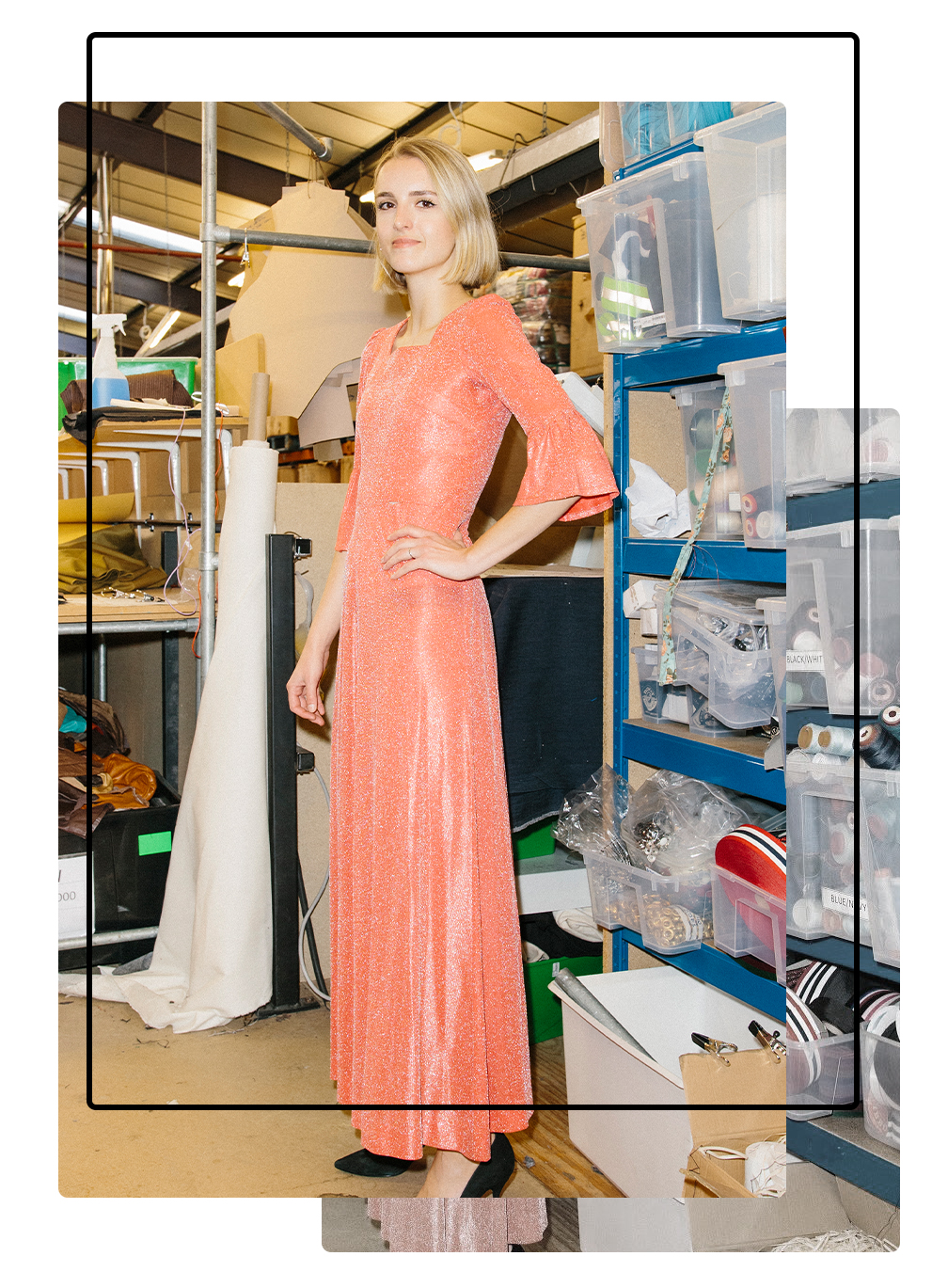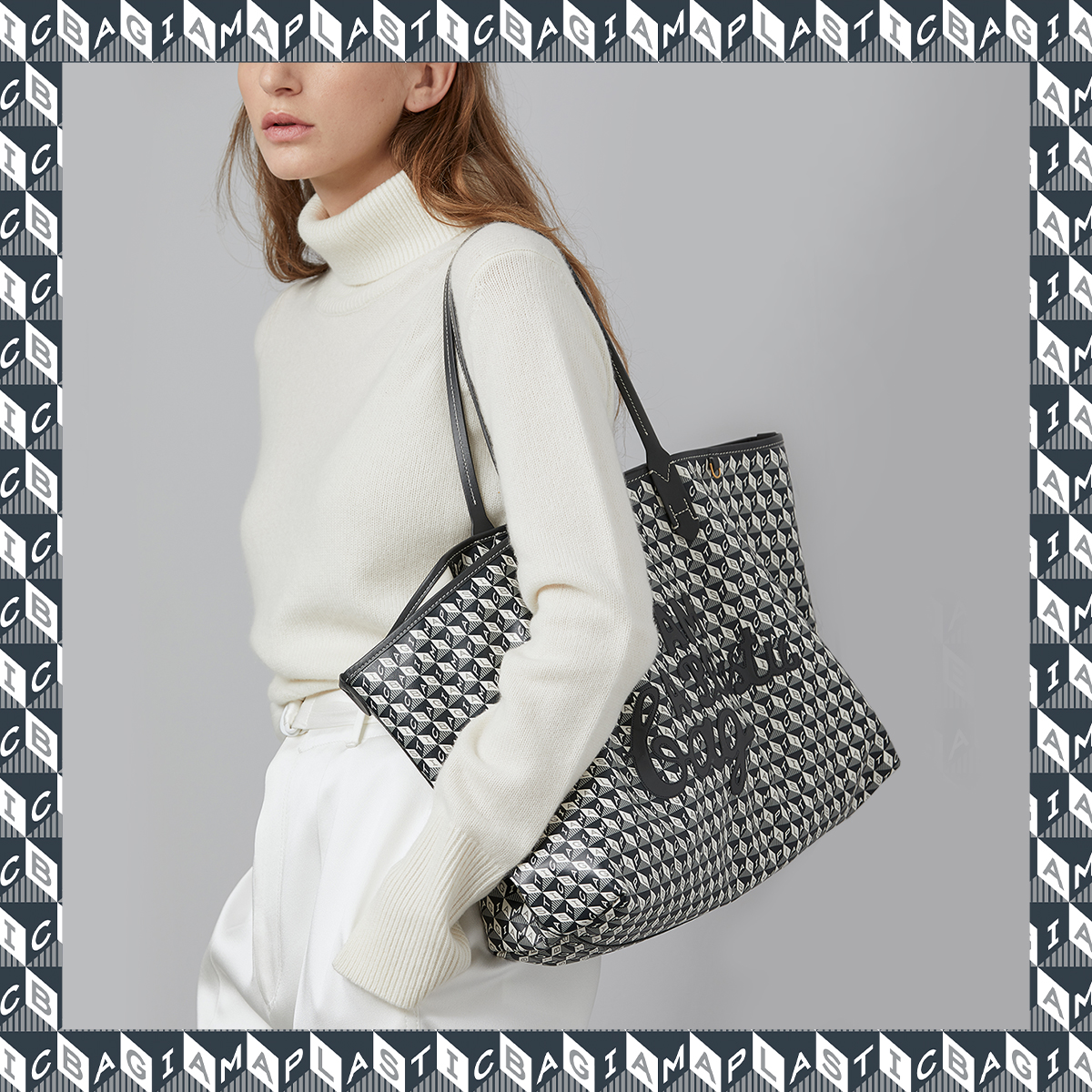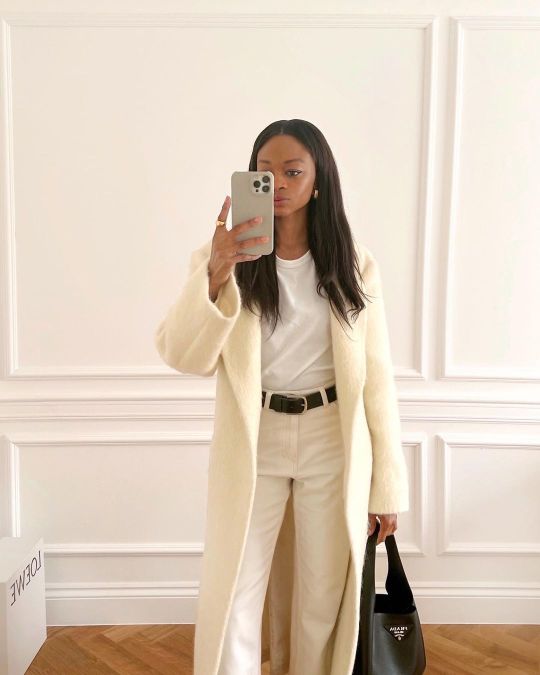
April 14, 2021 at 06:00AM
Here at Who What Wear UK, we’re all about delivering the latest and greatest shopping edits, as approved by our team. That’s why we’ve created The Joy of Shopping, a shopping column which will see me, Joy Montgomery, discussing the brands, buys, and ideas that are preoccupying my mind this month—think homewares, outerwear, and everything in-between. Is there something you’d like me to cover? Make sure to tweet or Instagram me your requests!
Like any good subculture, the vintage fashion community is one that has relished its point of difference to the rest of the world. It is a bubble that has, historically, been occupied by thrifty art students, fashion editors and eco activists, and while there was a definite sense of pride in this corner of consumerism, it has meant that secondhand has been dismissed as “alternative” by many consumers who, understandably, have become drawn to the accessibility of the fast-fashion market.


As I’m sure is the case with many vintage shoppers, my love of secondhand was born out of an adolescent obsession with fashion that, unfortunately, didn’t quite match my monthly allowance. I quickly realised that if I popped into my local Oxfam, I could purchase double the amount of clothing than I could in, say, the teenage mecca that was Topshop Oxford Circus. Thanks to its affordability, I also had no qualms in unleashing my creativity on the pieces I bought, which typically meant hacking off the skirt and inexpertly stitching a new hemline. I was convinced that everything looked cooler as a micro mini. I blame Alexa Chung.
ADVERTISEMENT
ADVERTISEMENTKate Spade Autumn/Winter Sale |
My dabbling in DIY soon turned into a full-blown hobby, which continued through university—during which I started to write about my love of vintage in my fashion blog (don’t ask)—and into my first years working in magazines. Vintage became an easy way for me to experiment with my style and try out different fashion identities. Yes, I got it very wrong sometimes (I still get flashbacks to my first fashion week where I wore a vintage tweed blazer with pleather leggings), but this creative process was integral to cementing that sense of self that now dictates my fashion choices.
When asked, one of my top shopping tips has always been to simply know—and have confidence in—your personal style, as this will help you make purchases that will stand the test of time.


Fast forward eight years, and my passion for all things preloved remains steadfast. Of course, there is now the backdrop of the climate crisis to spur on my vintage evangelism, and while I wish I could say that this is the main thing keeping me shopping secondhand, if I’m honest, working within a digital landscape dominated by cookie-cutter style, it’s vintage that has kept me grounded, anchoring me to a love of fashion that isn’t uprooted by passing trends. It’s always secondhand items that draw the most compliments and add the most personality to any outfit.
While I could spend hours waxing lyrical about my love of vintage, I am also aware that I am a fashion editor whose job it is to think and write about clothes, and the last thing I want to do is to yell into an echo chamber of like-minded people. According to market research company GWI, 60% of consumers in the US and UK say the high cost of eco-friendly products is a barrier to purchasing them. Well, with vintage you don’t have this problem. I’m on a mission to show the mainstream shopping public that, really, it’s one of the easiest and most cost-efficient ways to make your wardrobe more sustainable.

Thanks to the power of the internet, vintage shopping no longer has to mean rummaging through piles of old clothes in obscure charity shops. I mean, I love it, but it’s not for everyone. There is now a plethora of options to cater to everyone, whether you’re looking for styles from a particular decade (Selena’s Shop is my go-to for ’70s wares), a vintage store with a diverse range of sizes (Find By Foxes has the chicest mid and plus-size edits), pre-loved designer buys (Vestiaire Collective is the place for you), or simply a platform that offers contemporary secondhand pieces with accessible price tags (hello, One Scoop Store).
Once you’ve found a seller that speaks your language, it’s so much easier to keep returning and hunt down those wardrobe gems that will work for you. Yes, more patience is required than shopping on the high street, but I have found that this slower process helps me to buy things that I really love.



ADVERTISEMENT
ADVERTISEMENTSports Direct Free Delivery on All Orders! |


I have a great deal of sympathy for those who find the flamboyant frocks and psychedelic prints of your average vintage store to be intimidating. Ultimately, for secondhand to become mainstream, it needs to cater to all tastes and budgets. My recommendation is to start with the basics: Think blazers, jeans, shirts and accessories. If you find yourself in need of a new item for your wardrobe, just take a look online and see if you can find a similar style secondhand. Start by adding one pre-loved piece to an outfit, mixing old with new, and work your way up from there.





Shopping online can be a minefield at the best of times, but when you’re looking for vintage it can be even trickier, as sizing can vary massively according to the brand and what decade it was made in. It sounds obvious, but check and triple-check the measurements, and if necessary, ask the seller to supply additional info. I recently bought a pair of shorts which were the right waist size, but I could barely fit them above my thighs because I hadn’t checked the hip measurements. That being said, it is surprisingly affordable to have clothing tailored, so keep this in mind if something is a little long or needs the odd tweak.
I would also say don’t drop your standards just because something is secondhand. Of course, the odd scuff or low-level wear and tear is to be expected, but you want to make sure this is something that you will wear for many years to come. Usually, sellers are good at disclosing any imperfections, but you can always ask for more images if you want to make sure you know what you’re getting.


ADVERTISEMENT

ADVERTISEMENT
Anya Hindmarch - I AM A PLASTIC BAG


Repeat after me: Stock alerts are your friend. This is a great tactic if you’re looking for a piece from a certain brand or a particular item of clothing. Platforms such as Vestiaire Collective are super helpful when it comes to smart notifications, and you’d be surprised how many brand-new designer buys are put on these sites for half their retail value. Set an alert for a Ganni jacket, and you’ll be the first to know if someone decides to sell one. You can also set price reduction alerts, so you can keep tabs on any dream buys that are initially out of your price range.




Next: These 5 Summer Trends Look So Much Better Secondhand
Author Joy Montgomery | Whowhatwear
Selected by CWC
ADVERTISEMENT
ADVERTISEMENTUp to 30% off Gift Sets |







